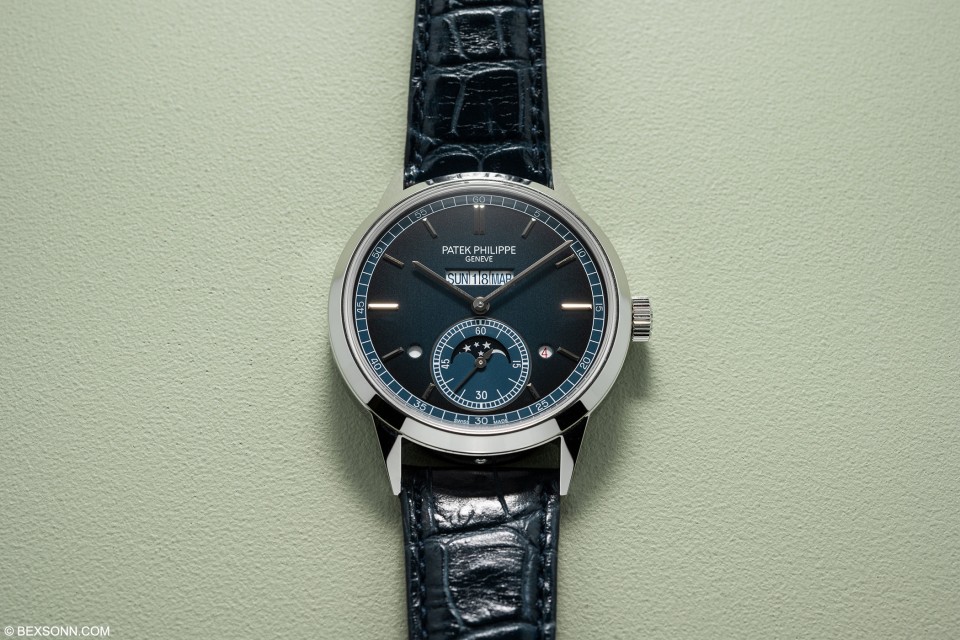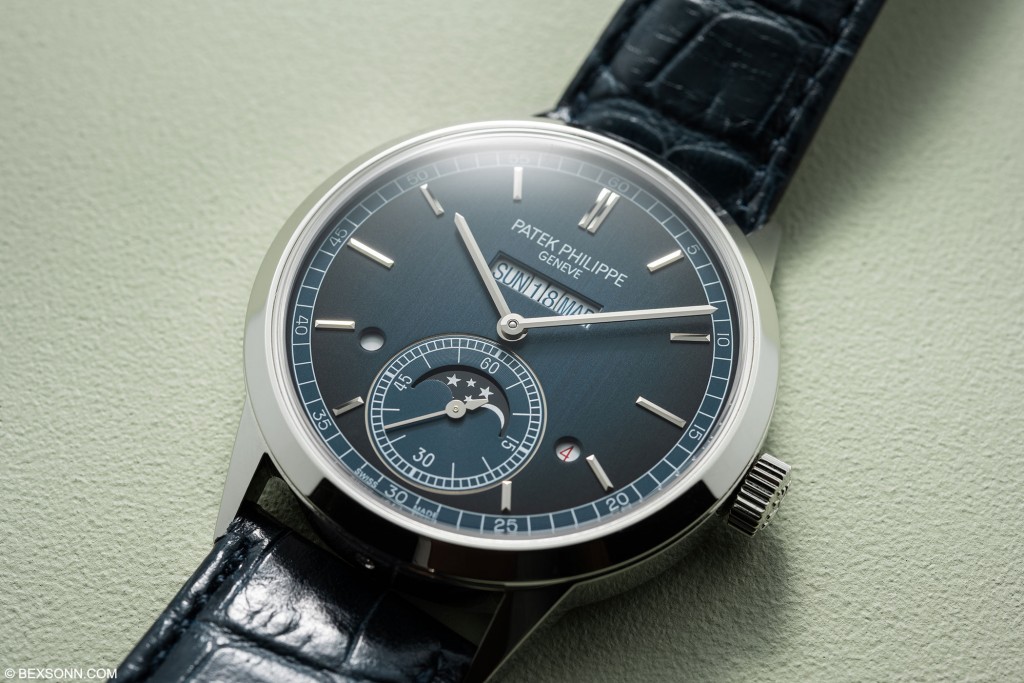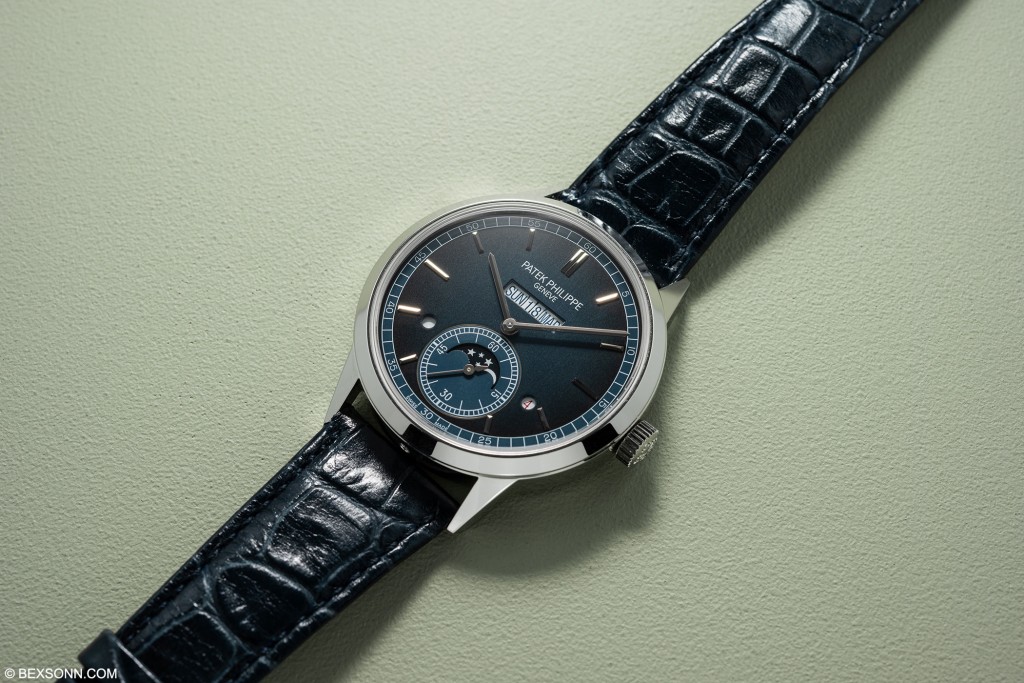Simple but effective, a mantra I like a lot and one I try to live by when creating anything. Patek Philippe are known for some of the most gorgeous timepieces ever made and one of the complications they’re synonymous with is that of the perpetual calendar. For years the layout of Patek’s perpetual calendar has remained largely untouched, it had become the archetype for the classic quantième perpétuel, which can be seen in many timepieces that don’t bear the luxury Genevan’s name. That said, this year they decided to introduce a perpetual calendar that differs from what we’ve become accustomed to and while it is just a slight change, it is most definitely effective.
As many of you may know, the perpetual calendar is one of the most sought-after Grande complications, not to mention one of the most intricate complications. The perpetual calendar has featured prominently in Patek’s collections but making one is no mean feat. The perpetual calendar uses a series of gears and levers to marvellous effect to display the day, date, month and in some cases the year. A mechanical timepiece that can consider date mathematics is just astounding. The perpetual calendar is truly the quintessence of a Grande complication.
The 5236P features a single-line calendar, displayed via four rotating disks, assuring optimized legibility, minimal energy consumption, and superb reliability. This mechanism alone required 118 additional parts in comparison with a conventional perpetual calendar display, including several bridges and wheels with jewel bearings that reduce energy consumption, especially of the two date disks. The display of the day, date, and month on a single line is complemented with two small round apertures, one at 4 o’clock for the leap year cycle and one at 8 o’clock for the day/night indicator – a feature seen on previous Patek QPs. No perpetual calendar is complete without a moon phase display, which is visible within the subsidiary seconds dial at 6 o’clock. To adjust these functions, three correctors – for the day, the date, and the month – are recessed in the case flank between 9 and 2 o’clock, in the same order as the respective displays. The moon phase corrector is positioned at 8 o’clock.
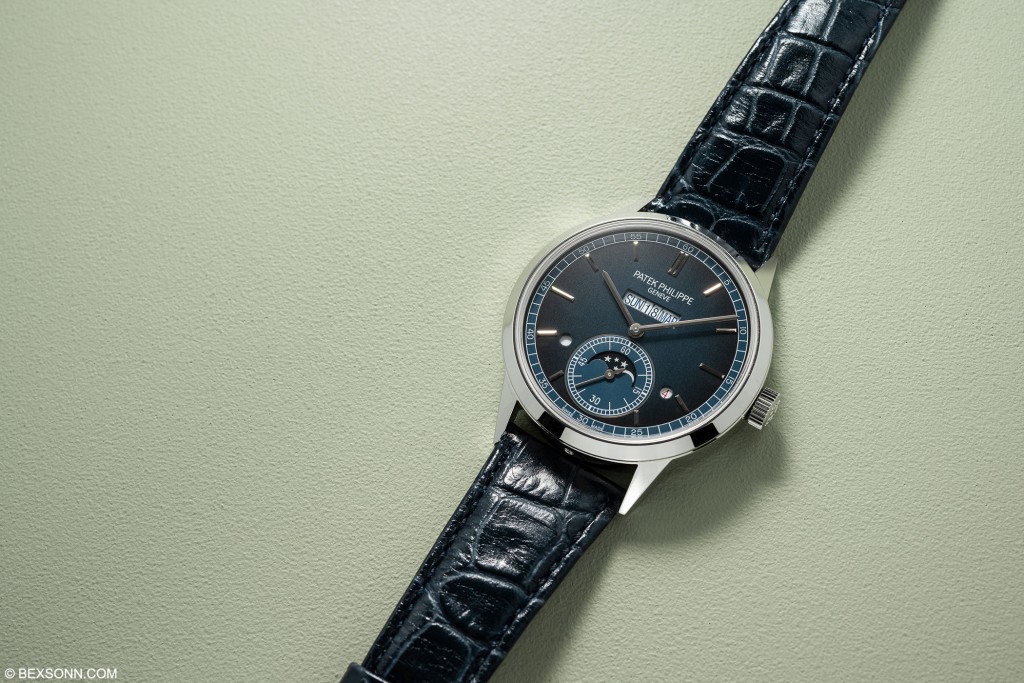
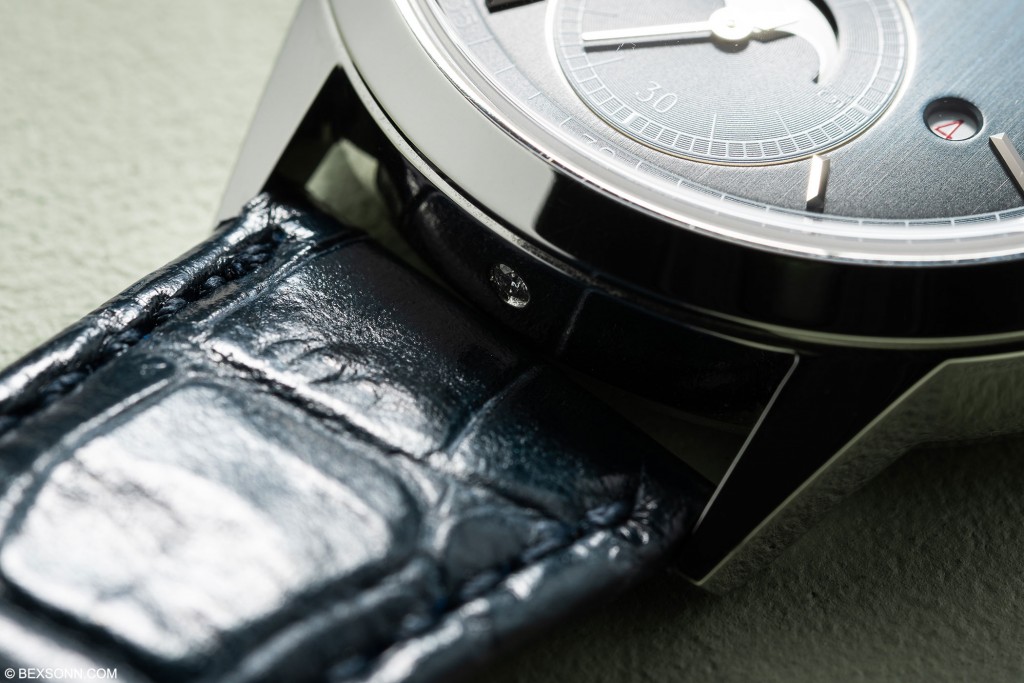
The case of the 5236P is inspired by the ref. 5235 Annual Calendar Regulator, which we’ve featured before here. The case features a sleek design with a diameter of 41.3 mm, a chamfered bezel and angle lugs – all of course finished by hand. As in most of Patek Philippe’s platinum wristwatches, the case flank features a small diamond at 6 o’clock. All this goodness is framed by blue fume dial with a vertical satin finish that graduates to black, creating the perfect backdrop to the platinum case. The progression of time is tracked with applied hour markers and baton hands in white gold. The technical accent of the railway track minute scale is echoed by the subsidiary seconds scale at 6 o’clock. Visible through the letterbox aperture is the in-line blue-on-white day, date, and month displays.
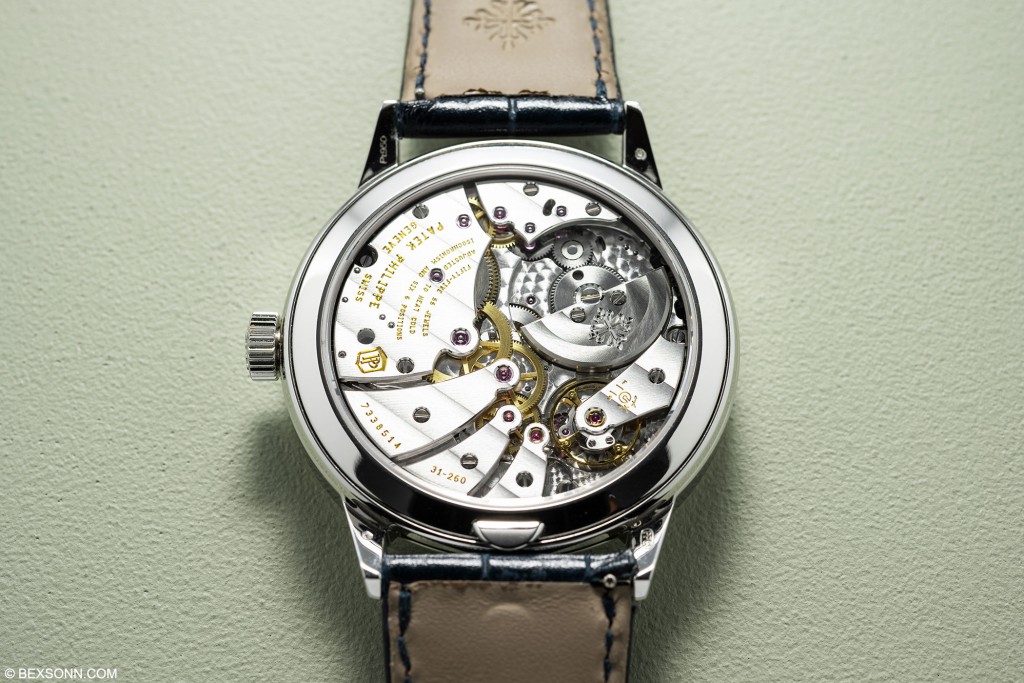
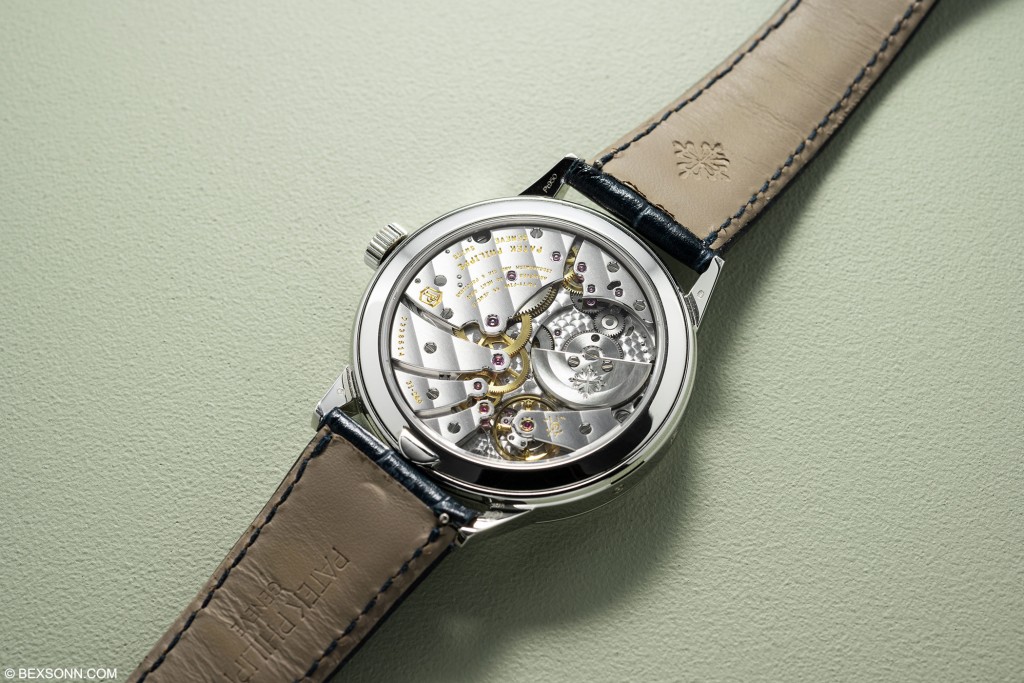
Visible through the exhibition case back is the calibre 31-260 PS QL self-winding movement (PS for petite seconde subsidiary seconds and QL for “quantième perpétuel en ligne“ in-line perpetual calendar). The movement has been “tuned” so it can drive the particularly energy-hungry perpetual calendar mechanism. The torque of the spring barrel has been increased by 20% and the winding power boosted with a platinum micro-rotor that has more mass than 22K gold that’s normally used by Patek Philippe. Naturally, the micro-rotor in PT950 is adorned with circular Geneva striping, together with all the other elegantly decorated parts, which can be admired.
The Patek Philippe In-line Perpetual Calendar ref. 5236P is priced at £100,190. For more information visit patek.com
